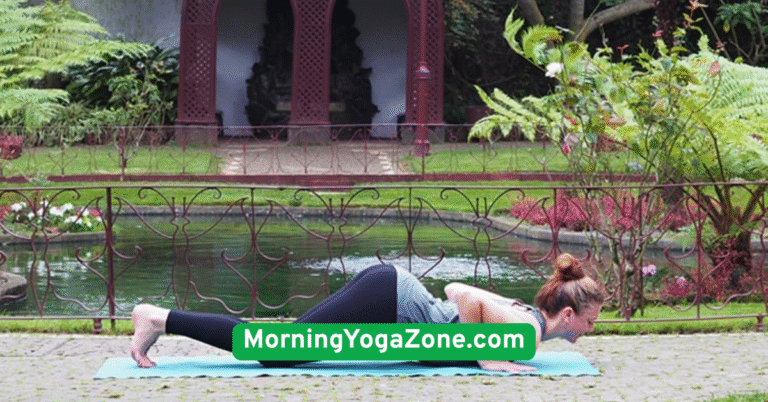25 Relaxing Morning Yoga Ideas for Beginners
25 Relaxing Morning Yoga Ideas for Beginners
Meta Description
Ease into your day with 25 relaxing morning yoga ideas for beginners to boost flexibility, energy, and inner peace with simple poses and flows.
If your mornings often feel rushed or stressful, incorporating a few gentle yoga poses can completely transform how you start your day. Practicing relaxing morning yoga ideas for beginners helps you create a calm mental space, improve mobility, and set a peaceful tone for the hours ahead.
The best part? You don’t need fancy equipment, super flexibility, or prior yoga experience. These beginner-friendly stretches and movements are designed to wake up your body, calm your mind, and encourage better posture and breathing. Plus, they can be done in as little as 10 minutes.
This article outlines 25 relaxing morning yoga ideas for beginners you can practice daily to release tension, improve flexibility, and feel more balanced. Ready to greet your mornings with peace and energy? Let’s get started.
Table: Key Benefits of Morning Yoga for Beginners
| Benefit | Why It Matters |
| Boosts Circulation | Increases blood flow and oxygen delivery early in the day |
| Enhances Flexibility | Helps relieve stiffness from sleep and sedentary habits |
| Reduces Stress | Encourages deep breathing and mental calm |
| Improves Focus | Helps clear brain fog and improve mental clarity |
| Promotes Consistency | Simple routines build healthy daily habits |
1. Start with Deep Breathing and Gentle Neck Rolls
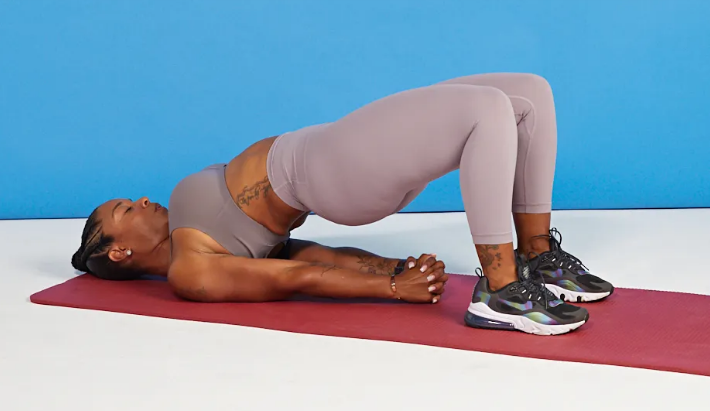
Take a seated position, close your eyes, and inhale slowly through your nose. Pair this with gentle neck rolls to ease into movement and build mindfulness. It sets the tone for your relaxing morning yoga ideas for beginners routine.
2. Cat-Cow Stretch (Marjaryasana-Bitilasana)
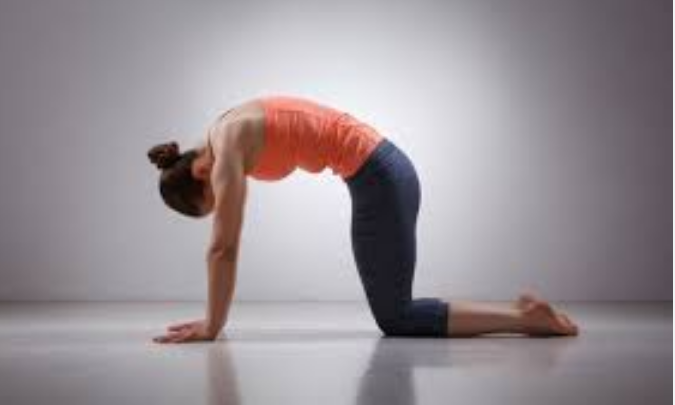
From the tabletop, alternate between arcing and rounding your spine. This classic flow wakes up your spine and relieves back tension.
3. Child’s Pose (Balasana)
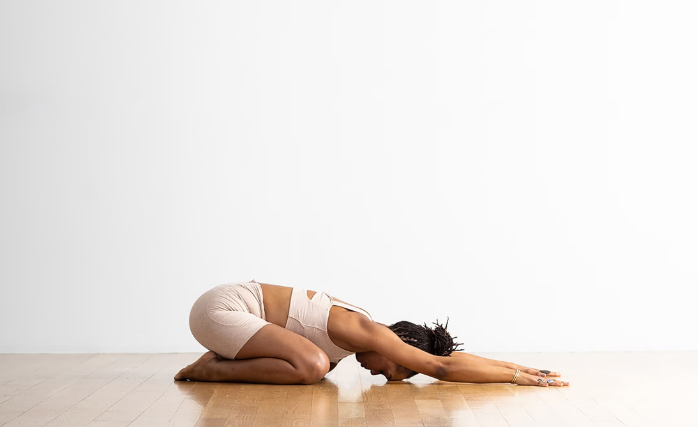
Rest your forehead on the mat and extend your arms forward. This restorative pose grounds your energy while gently stretching the hips and back.
4. Seated Forward Fold (Paschimottanasana)
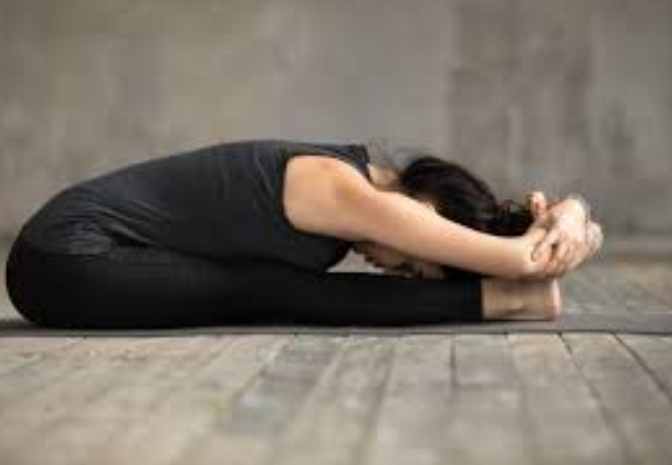
Stretch the hamstrings and back while calming the mind. Keep knees soft and spine long. Perfect for easing tension after sleep.
5. Legs Up the Wall (Viparita Karani)
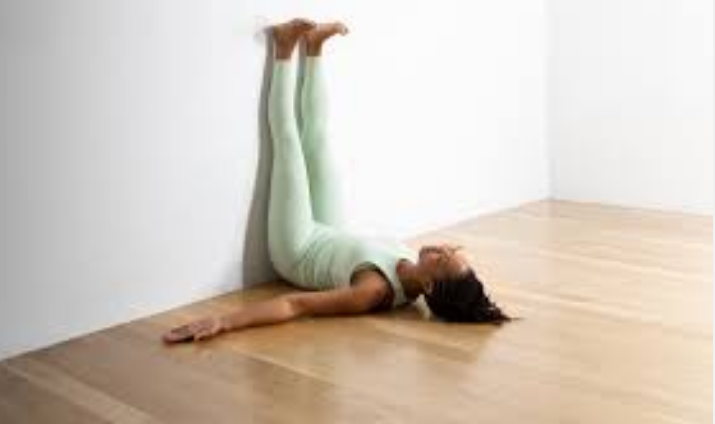
Lie on your back with your legs extended vertically against a wall. This passive pose promotes relaxation and circulation.
6. Easy Pose with Twist (Sukhasana Twist)

In a cross-legged seat, twist gently from side to side. This seated spinal twist boosts digestion and encourages detoxification.
Table: Foundational Poses in Beginner Yoga Routines
| Pose | Main Benefit | Ideal Time |
| Child’s Pose | Calms nervous system | Start or End |
| Cat-Cow Stretch | Spinal mobility | Early in Routine |
| Seated Forward Fold | Deep stretch & introspection | Mid Routine |
| Legs Up the Wall | Lymphatic drainage & calm | End or Anytime |
7. Standing Forward Bend (Uttanasana)

Let your upper body hang with bent knees. This pose stretches the hamstrings and encourages a sense of surrender and mental clarity.
8. Mountain Pose (Tadasana)

Stand tall with feet together and arms by your side. This foundational standing posture helps align the spine and promotes balance.
9. Half Sun Salutation (Ardha Surya Namaskar)
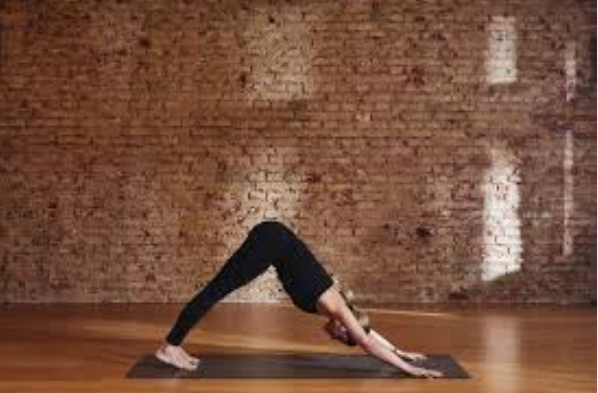
A shorter variation of the full sun salutation, this flow gently energizes the body and connects breath to movement.
10. Cat-Cow with Side Bends

Add lateral movement to the traditional cat-cow by leaning side-to-side. This enhances flexibility and activates underused muscles.
11. Sphinx Pose
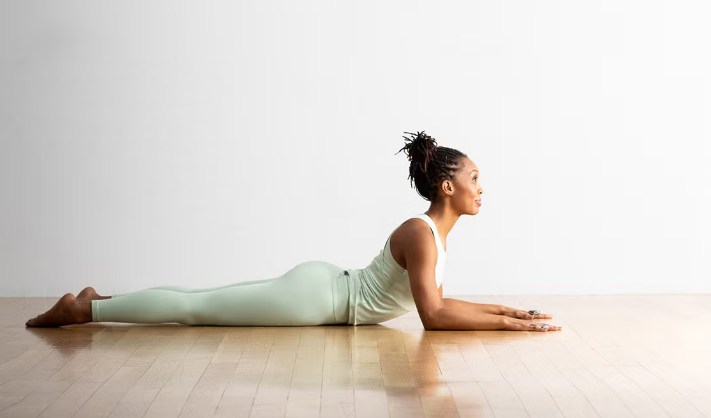
Lie on your belly and prop yourself up on your elbows. This low backbend helps open the chest and improve posture.
12. Seated Side Stretch
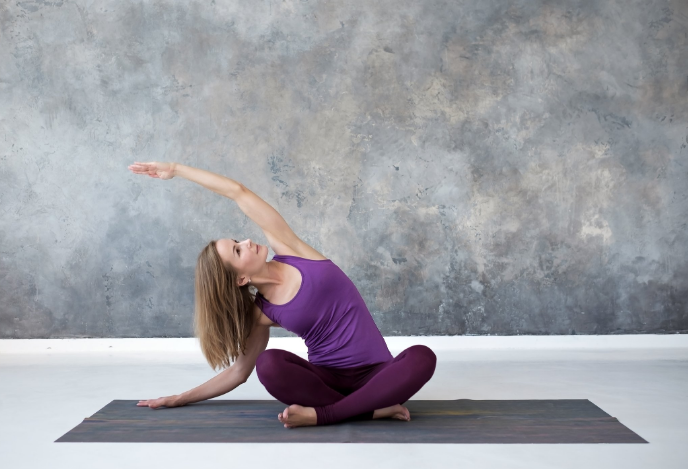
Sit tall and reach one arm overhead while leaning sideways. This pose expands the ribcage, deepens the breath, and releases tension.
13. Low Lunge (Anjaneyasana)
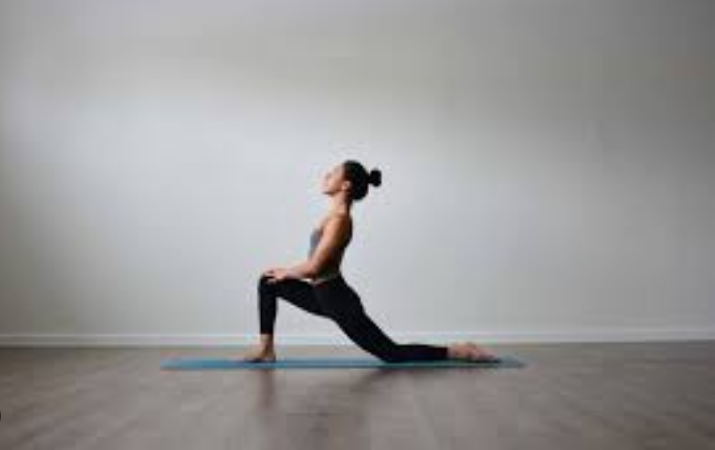
Step one foot forward into a lunge with the back knee on the mat. It opens the hips and stretches the thighsperfect after a night of stillness.
14. Bridge Pose (Setu Bandha Sarvangasana)

Lie on your back and press through your feet to lift the hips. A gentle inversion that activates your glutes and opens the heart.
15. Supine Twist
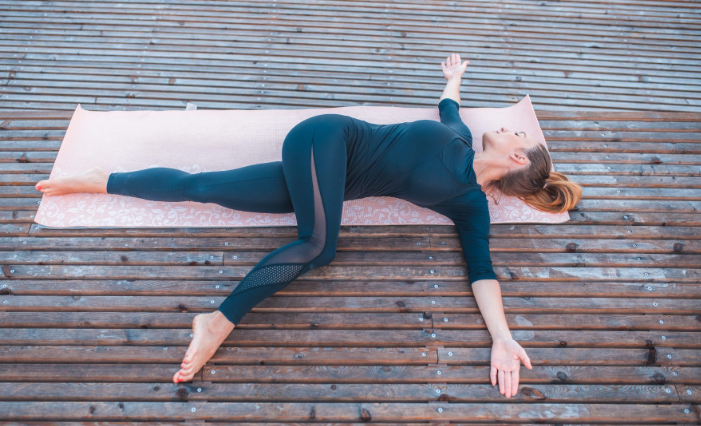
Lie on your back and bring one knee across the body. This spinal twist is great for digestion and releasing lower back tension.
16. Tabletop to Bird-Dog Flow
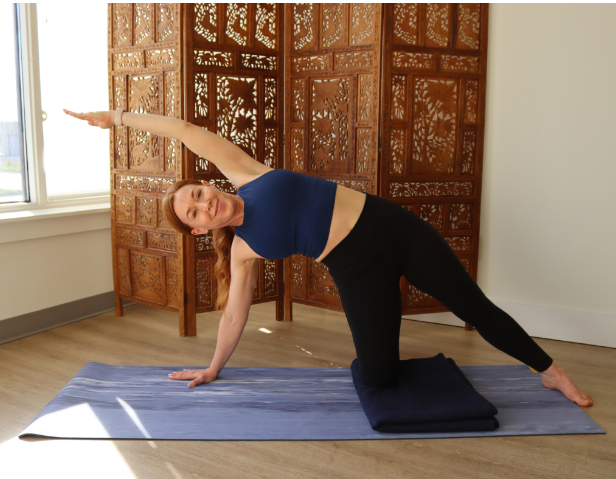
From the tabletop, extend the opposite arm and leg. Builds gentle strength in the core and improves balanceperfect for beginners.
Table: Core Activation Poses for Morning Strength
| Pose | Muscles Engaged | Purpose |
| Bridge Pose | Glutes, hamstrings | Back-body strength |
| Bird-Dog Flow | Core, shoulders | Balance & stability |
| Low Lunge | Quads, hip flexors | Hip opening + core engagement |
17. Cobra Pose (Bhujangasana)

Gently lift your chest from the mat. Unlike deeper backbends, this beginner-friendly version warms up the spine safely.
18. Reclined Butterfly Pose (Supta Baddha Konasana)
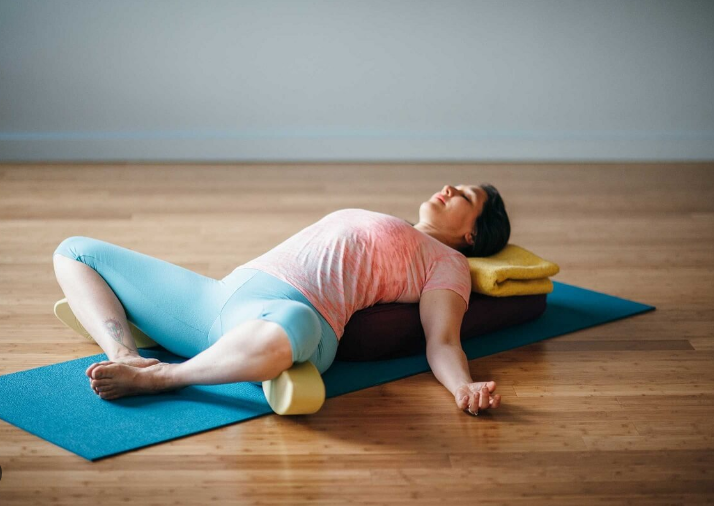
Lie back with the soles of your feet together. This hip opener is deeply relaxing and encourages a meditative state.
19. Downward Dog (Adho Mukha Svanasana)
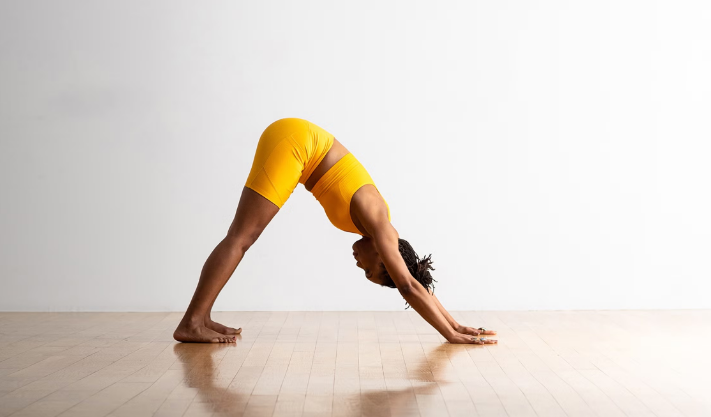
This full-body stretch lengthens the spine, opens the shoulders, and activates the legs. It also boosts circulation first thing in the morning.
20. Lying Spinal Stretch
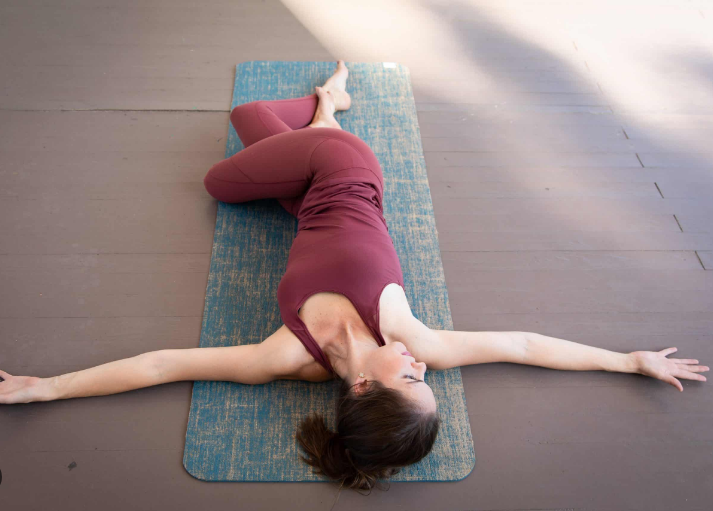
Pull one knee toward your chest while keeping the other leg straight. This gentle twist soothes the lower back.
21. Happy Baby Pose (Ananda Balasana)

Lie on your back, grab your feet, and rock gently. This playful pose opens the hips and massages the spine.
22. Standing Side Bend

Reach both arms overhead and lean gently to each side. A simple move that activates the waist, ribs, and spine.
23. Warrior I Flow

Step into a high lunge with arms lifted. Builds strength and boosts energy. Flow between sides to balance the body.
24. Seated Meditation with Breathwork
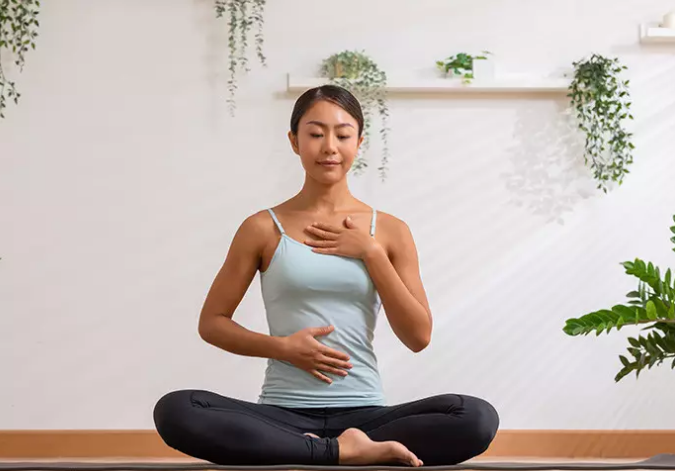
Return to a seated position and breathe mindfully. Focus on the inhale and exhale while setting your intention for the day.
25. Corpse Pose (Savasana) with Morning Intention
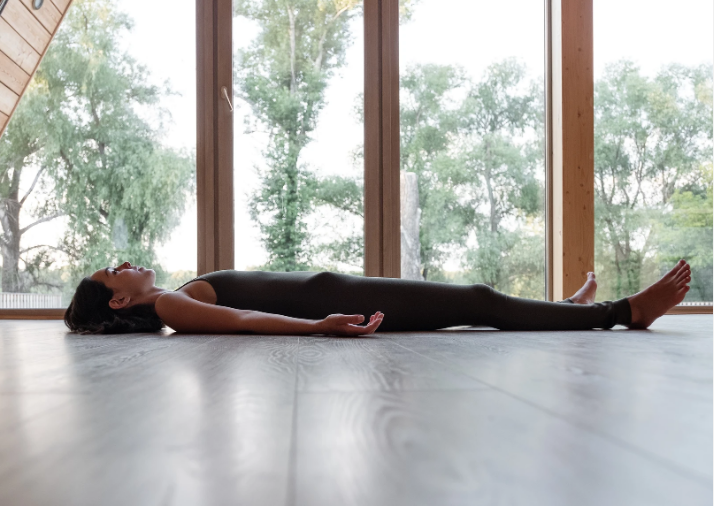
Lie on your back and let everything relax. Use this time to reflect, absorb the practice, and welcome the day with peace.
Table: Sample 10-Minute Morning Yoga Flow for Beginners
| Minute | Pose | Purpose |
| 0–1 | Deep Breathing + Neck Rolls | Grounding & focus |
| 1–2 | Cat-Cow Stretch | Wake up spine |
| 2–3 | Seated Side Stretch | Open lungs, ease tension |
| 3–4 | Low Lunge | Open hips |
| 4–5 | Cobra Pose | Gentle backbend |
| 5–6 | Downward Dog | Full body stretch |
| 6–7 | Happy Baby | Hip release |
| 7–8 | Seated Meditation | Calm mind |
| 8–10 | Savasana + Intention | Rest & affirmations |
Expert Insights
Yoga Instructor Advice:
“Morning yoga is a powerful way to tune into your body and set a clear tone for the rest of the day. Don’t worry about the poses being perfectwhat matters most is consistency.”
Beginner Tip:
“Start with 3 to 5 poses that feel good to your body and gradually expand your routine. Even a short, daily practice will make a difference.”
Conclusion
By practicing these relaxing morning yoga ideas for beginners, you create a meaningful ritual that nurtures both your physical and emotional well-being. From gentle breathwork to light stretches and flowing postures, this yoga sequence will guide you toward clarity, calm, and confidence every morning.
Even just 10 minutes of intentional movement can shift your mindset and prepare your body to move with more ease throughout the day. So roll out your mat, take a deep breath, and welcome each morning with grace.
FAQ
Q1: How long should a morning yoga routine be for beginners?
A beginner-friendly morning yoga session can be as short as 5 to 15 minutes. The goal is consistency. You can start with 3 to 5 poses that make you feel good and gradually build a longer sequence as you grow more comfortable with your practice.
Q2: Do I need yoga equipment to get started?
Not at all. A basic yoga mat offers grip and comfort, but even a towel or carpeted floor can work when you’re starting. Optional props like yoga blocks or straps can help with alignment but aren’t necessary.
Q3: Is morning yoga better than evening yoga?
Both have benefits. Morning yoga wakes up your body, energizes you, and clears mental fog, while evening yoga is ideal for winding down and releasing the day’s stress. Choose the time that aligns with your schedule and intention.
Q4: Can yoga help with stress and anxiety?
Absolutely. Many yoga poses promote relaxation by stimulating the parasympathetic nervous system. Breathwork, forward folds, and gentle twists all help calm the mind and body, making yoga a powerful tool for managing daily stress.
Q5: What if I’m not flexible at all?
Flexibility is not a prerequisite for yogait’s a benefit that develops over time. Everybody is different, and your range of motion will naturally improve with gentle, regular practice. Focus on how the movement feels, not how far you go.





